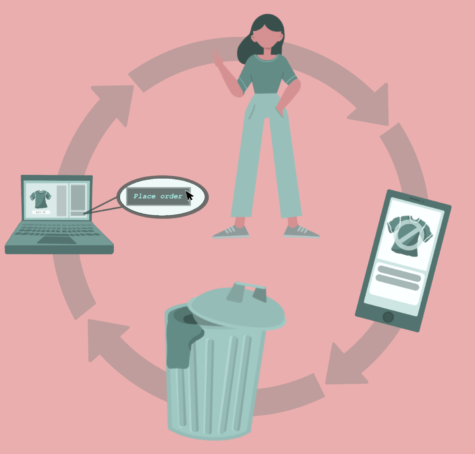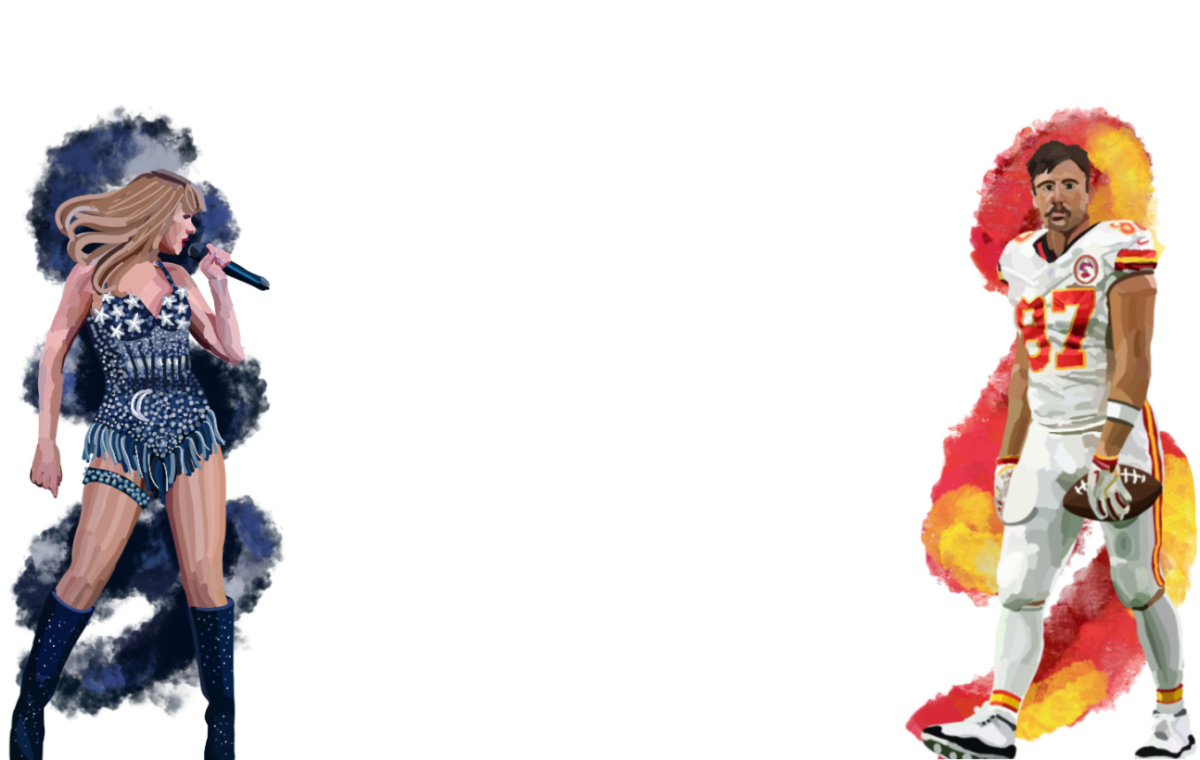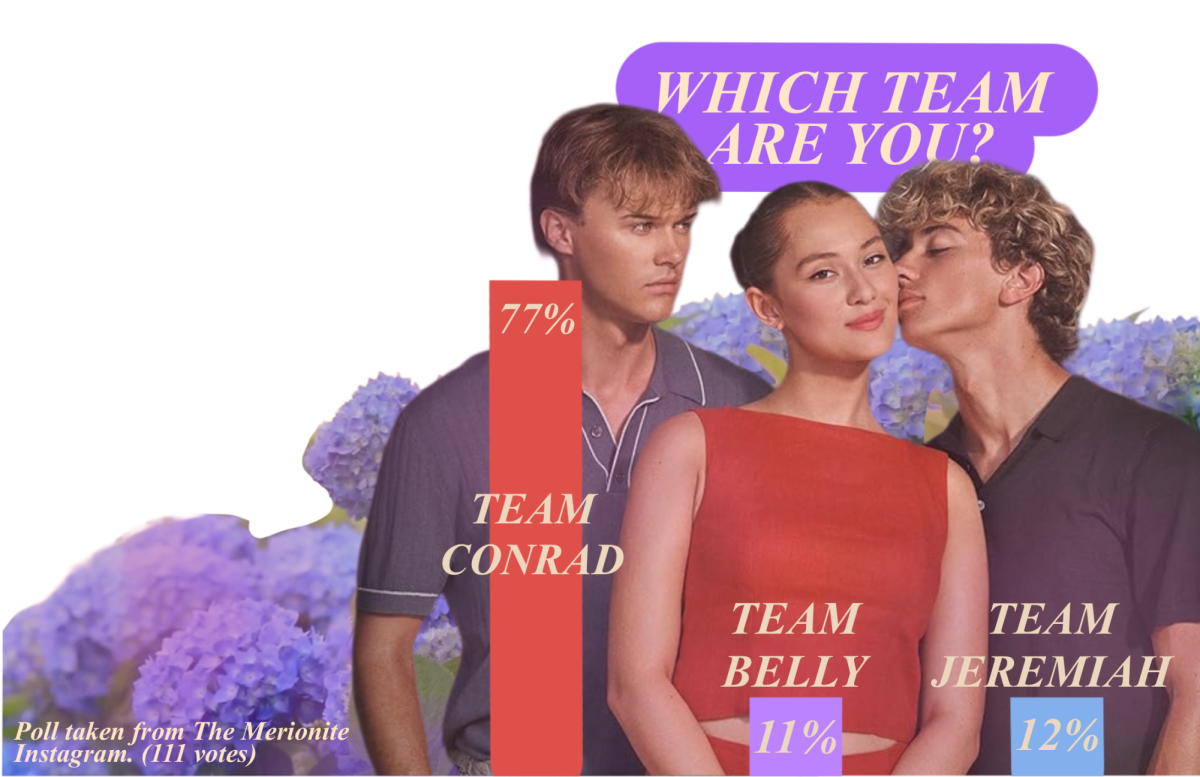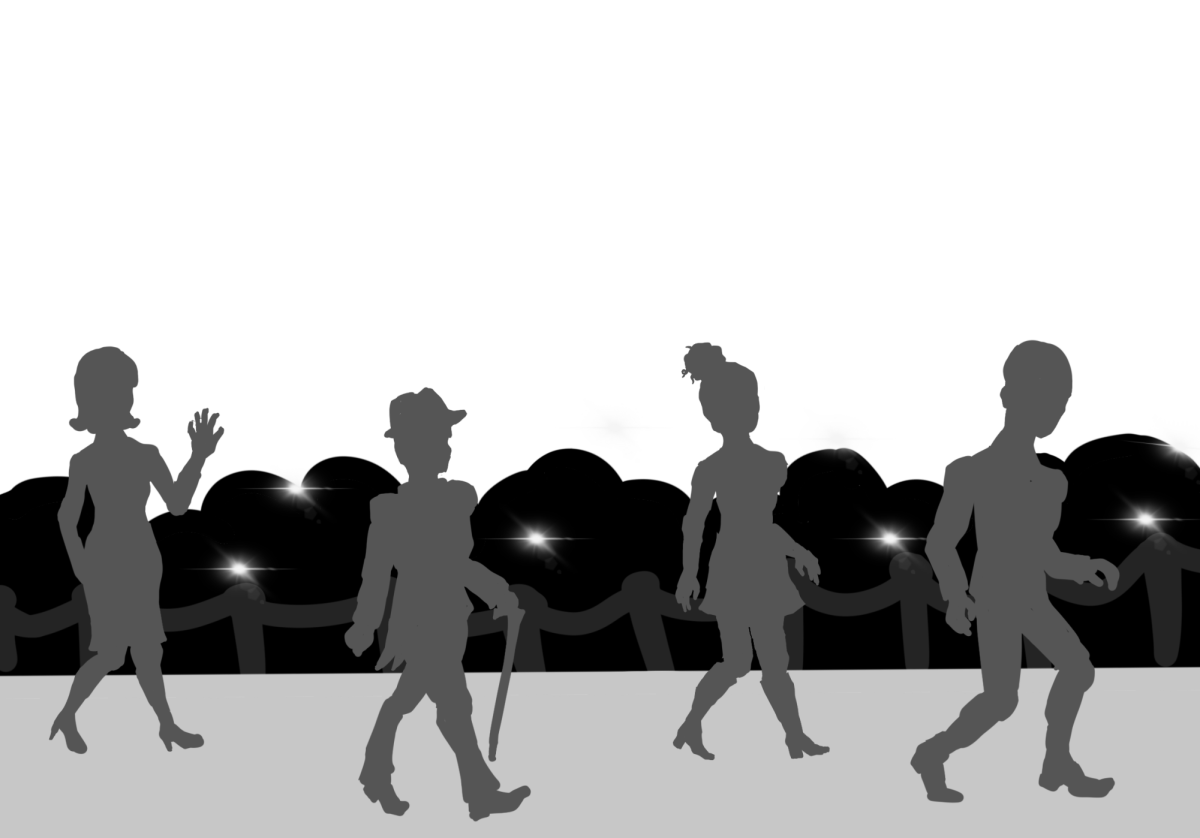Fast fashion: the cycle of trends created by social media and how this affects the fashion industry and consumers. It’s almost exactly what it sounds like. Fast changing trends, production, delivery, and use. The fashion cycle includes a few steps. First, a trend is introduced. It then rises to popularity, reaches its peak, and starts to dwindle. Eventually it becomes rejected by society and seen as ugly, but it ultimately comes back in style years later. This cycle used to be a slow process, with trends covering a whole decade, but over the years this cycle has become increasingly shorter and social media is partly to blame. In today’s age, people around the world are more connected than ever before. Trends, news, and slang shared on social media spread like wildfires and leave a big influence on the world. Since fashion cycles move in and out at a higher pace now, certain styles can no longer define an era like they have in past decades. Social media influencers dictate what’s popular and create demands for new trends. An influencer wearing something, just once, is enough to bring back an old

fashion trend or to start a new fad. After Kendall Jenner was repeatedly spotted wearing a North Face puffer jacket, it popped up on everyone’s Instagram feeds and later in their closets.
Subsequently, items that are deemed “out of style” are seen as embarrassing to wear. Companies profit greatly off of the quick movement of fashion trends. Products are constantly being added to stores, which pushes customers to shop there frequently and to come back for new items. Shoppers want immediacy in everything, forcing the industry to evolve. Brands that are usually known for their high quality products, are now cutting corners to make faster delivery times and satisfy their customers. Examples of these shortcomings are the extremely low wages workers receive along with horrible working conditions and poor quality of clothing. These factors enable brands to manufacture their clothes at higher speeds and have an increased profit. To keep up with the faster rate of production, consumers are compelled to buy more at a faster rate.
The fast fashion industry has detrimental effects on not just the companies, but also on the environment. According to the United States Environmental Protection Agency, Americans discard about sixteen million tons of textile waste per year. Although companies benefit from this fast paced consumption, the industry as a whole is affected in this situation. Consumers are stuck in a repetitive loop of spending while the industry faces challenges regarding their operations. The market can help slow the spread of fast fashion and redirect the industry to a more sustainable path by being more conscious of what they buy and leaning towards more sustainable options. Buying second hand or considering the amount of clothes that an individual buys are both easy ways to start. While social media contributes to the growth of fast fashion, it can also be utilized as a tool to spread awareness regarding these issues and the message of sustainability, helping reverse the direction of the trend. So next time, think twice before buying the newest shirt or trendy bag because it comes at the expense of the fashion industry as a whole, as well as its workers and the environment.






